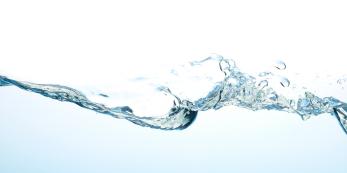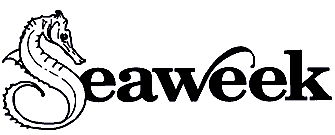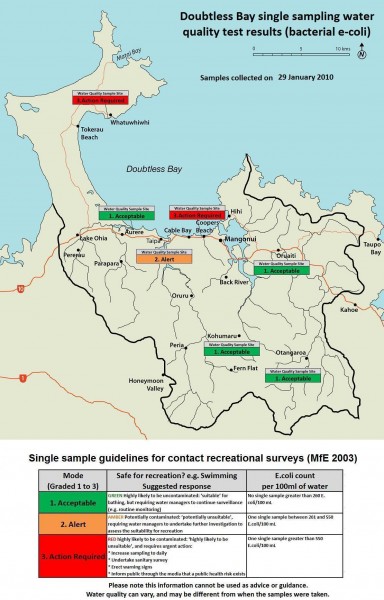MEDIA RELEASE from Northland Regional Council: 11 February, 2010
Northlanders are being urged to apply for a share of a multimillion dollar Government fund that will pay them to plant forests to help meet New Zealand’s obligations to reduce greenhouse gases.
The ‘Afforestation Grant Scheme’ was set up as an alternative to the Emissions Trading Scheme (ETS) to encourage greater levels of greenhouse gas absorption by increasing the area of Kyoto-compliant forest.
The Northland Regional Council (NRC) is one of nine Regional Councils and one unitary authority working with the Ministry of Agriculture and Forestry (MAF) to distribute a $3.5 million pool of funds for planting in the 2011/12 financial year.
Dean Evans, the NRC’s Land Programme Manager, says applications for a share of that pool are now open and Northlanders have just over a month – until Friday 19 March - to apply.
Mr Evans says a major objective of the Regional Council funding pool is to establish Kyoto-compliant forest in areas where it will not only help reduce the likely impacts of climate change, but offer other benefits including reducing erosion, nutrient leaching and flood peaks.
In return for the establishment grants, the Government gets the carbon credits for the new forest for the first 10 years. However, once that 10 years is up, the landowner can choose to take part in the ETS or the Permanent Forest Sink Initiative which would then enable them to claim the credits.
While the scheme is aimed largely at small landowners with unproductive land, it’s also open to individuals, multiple landowners, business entities and local government, provided they own the land or have the right to use it for planting forest species.
Mr Evans says the scheme is not targeted solely at pine trees; any tree species (excluding fruit/nut crops) that grows higher than five metres is potentially eligible, with fast-growing species favoured.
“Seventy percent of the available grant money will be awarded to tree species that grow quickly - at least 15 cubic metres per hectare annually.”
Mr Evans says funding is made across three categories; exotic; planted indigenous and assisted reversion and – subject to a number of criteria - is potentially available to reverting scrub.
“Indigenous species will receive less funding per hectare ($900) than exotics where grants are likely to be above $2000 per hectare, which may even be enough to cover all costs including fencing and land preparation.”
To qualify a minimum five hectare land area (which can be made up of multiple areas of at least one hectare) at least 30 metres wide must be planted. Planting on both sides of a waterway can be assessed as one riparian strip with the width of the river excluded.
The scheme calls for a minimum rate of 500 to 750 stems per hectare, which participants must manage for 10 years.
The Crown will retain the Kyoto Protocol credits and take responsibility for meeting any deforestation liabilities over that 10 year period, however, the new forests themselves will still be owned by the grant recipient, as will any money earned when the trees are eventually harvested.
Mr Evans says the NRC will work directly with landowners to administer and fund planting projects.
“Fixed grant rates will be set for each category based on the rate of carbon capture and storage and the risks to the Crown of retaining carbon ownership.”
At this stage, the pool for the 10 local authorities stands at $3.5M for 2011/12, $3.5M for 2012/13 and $2M in 2013/14.
“Grant rates will be disclosed annually. The 2010/11 rates for high carbon capture and storage plantings is $2200 per hectare and for slow rate forests $900 per hectare.”
Mr Evans says once the application period closes next month, applications nationally will be assessed by a panel composed of members of participating bodies.
Successful applicants will be advised later this year in time for next year’s planting season.
Mr Evans says people wanting to know more about the scheme can contact Land Management Staff at the Northland Regional Council on (0800) 002 004 or visit the Council’s website: www.nrc.govt.nz/treegrant



 Green: safe to swim
Green: safe to swim
 Red: unsafe to swim
Red: unsafe to swim Green:
Green:

